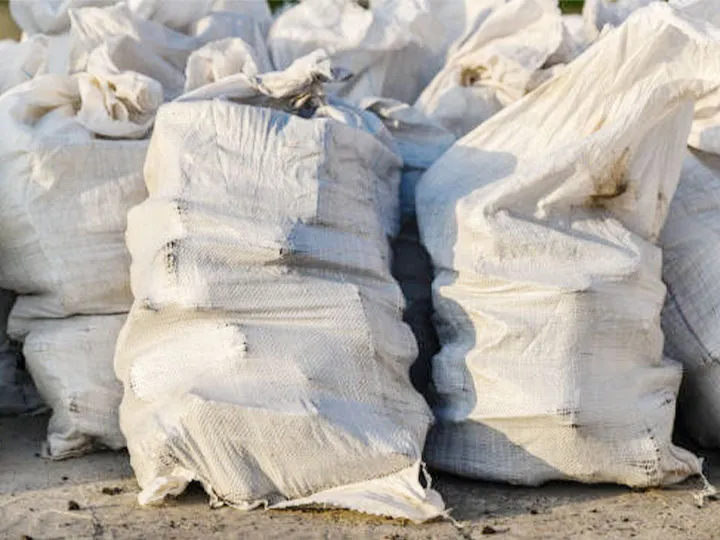As a common packaging material, plastic woven bags are widely used in modern society. However, with the increasingly serious problem of plastic pollution, the recycling and reuse of plastic woven bags have become particularly important.
Pelletizer equipment, as a key piece of equipment, provides an efficient solution for recycling plastic woven bags. In this article, we will explore several methods for recycling composting bags and focus on the process of converting them into recycled plastic pellets using pelletizer equipment.
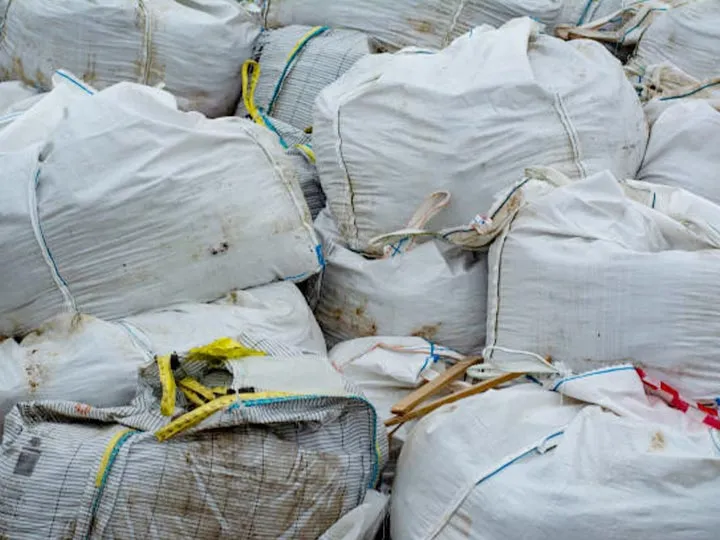
Collection and classification of woven bags
The process of recycling plastic woven bags begins with collection and sorting. The key to this step is to ensure the purity of the recycled material so that subsequent processing is more efficient.
Collection can be done through recycling stations, recycling bins, and so on. The collected woven bags need to be sorted to separate different types of plastic woven bags for subsequent handling and processing.
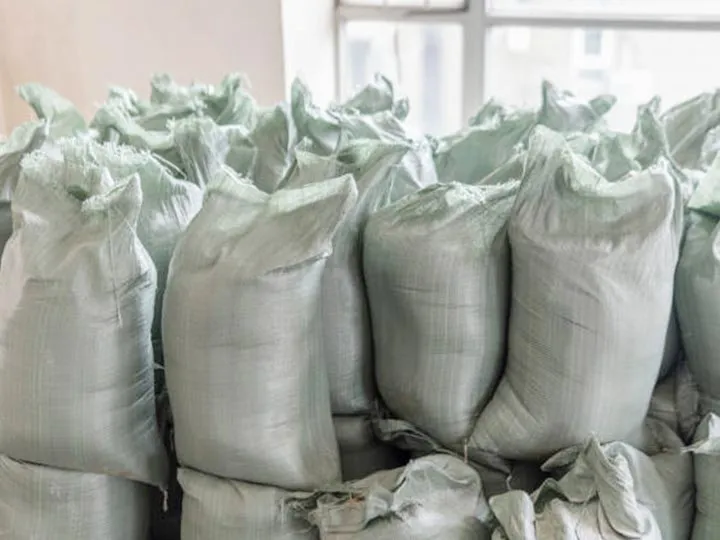
Cleaning and crushing
After collection and sorting, the plastic woven bags need to go through the steps of washing and crushing. Cleaning removes dirt, grease and other impurities attached to the bags and ensures the quality of the recycled material. The bags are then fed into a plastic crusher to break them down into smaller pieces in preparation for the subsequent pelletizing process.
Pelletizing with pelletizer equipment
Pelletizer equipment is the key step in the whole recycling process. In this step, the crushed plastic woven bag pellets are heated, melted, and then ejected through a mold to form uniform plastic pellets.
These pellets can be used again as raw materials to manufacture plastic products such as new woven bags, plastic containers, etc. The size, shape and quality of the plastic pellets during the pelletizing process can be controlled by adjusting the parameters of the pelletizer equipment and can also be customized as per the need to meet different production requirements.
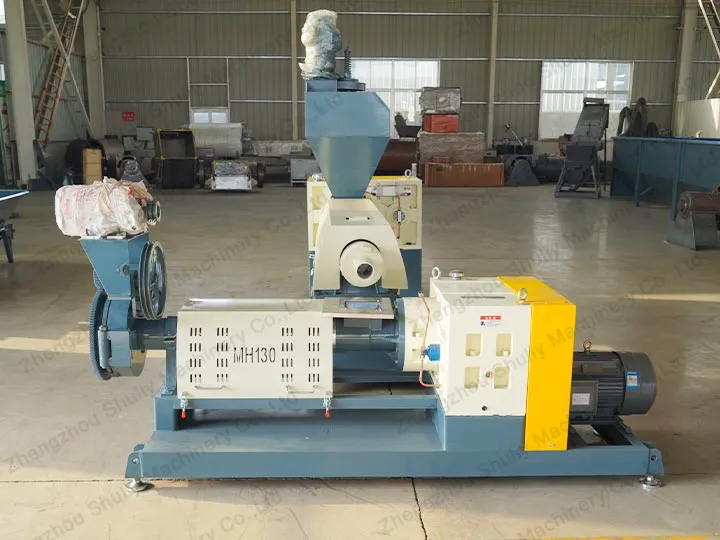
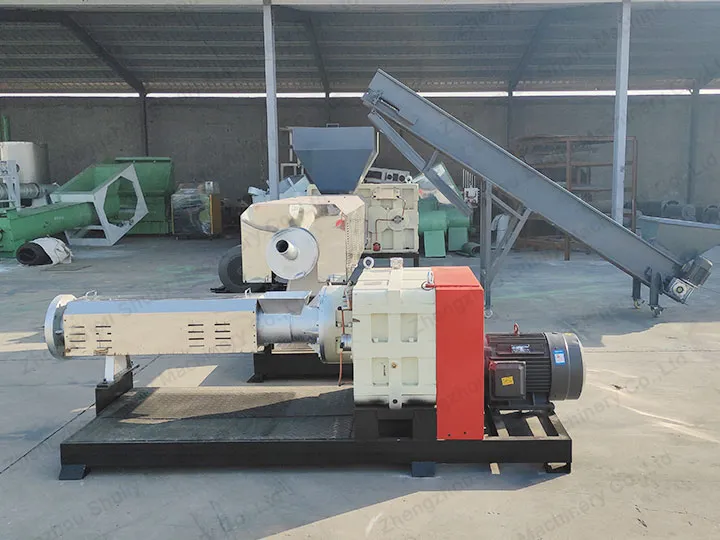
Cooling and curing
The newly generated plastic pellets need to be cooled after pelletizing so that they cure quickly and maintain the desired shape. This step ensures the stability and quality of the pellets so that they can be successfully used in subsequent processes.
Quality inspection and packaging
After the pelletizing process is complete, a quality inspection is required to ensure that the quality of the plastic pellets produced by pelletizer equipment is up to standard. This can include tests on the pellet’s appearance, chemical properties, and melt index. Rigorous quality checks are carried out to ensure that the pellets meet the requirements for recycling. Subsequently, the certified plastic pellets will be packaged and stored for subsequent production.
